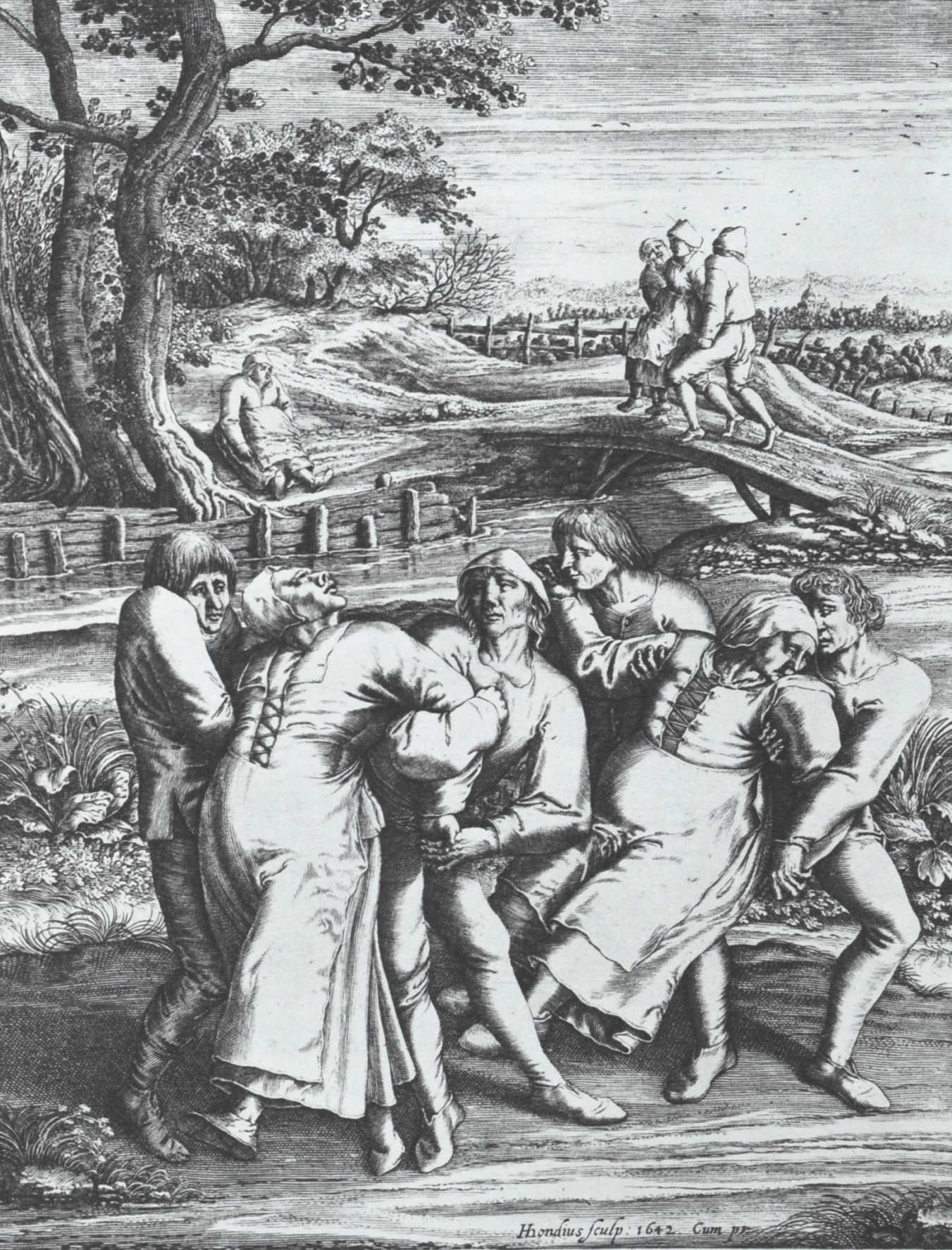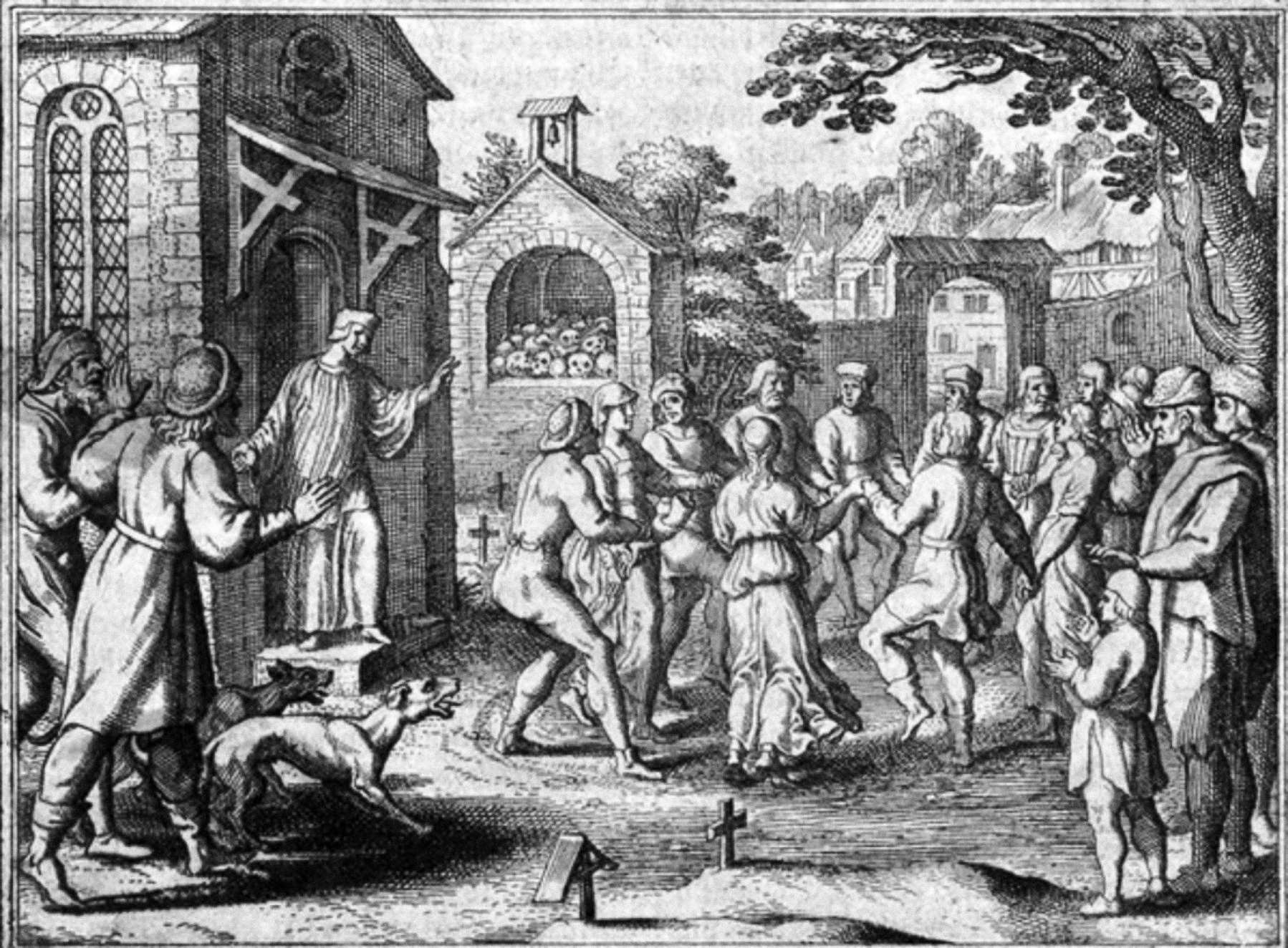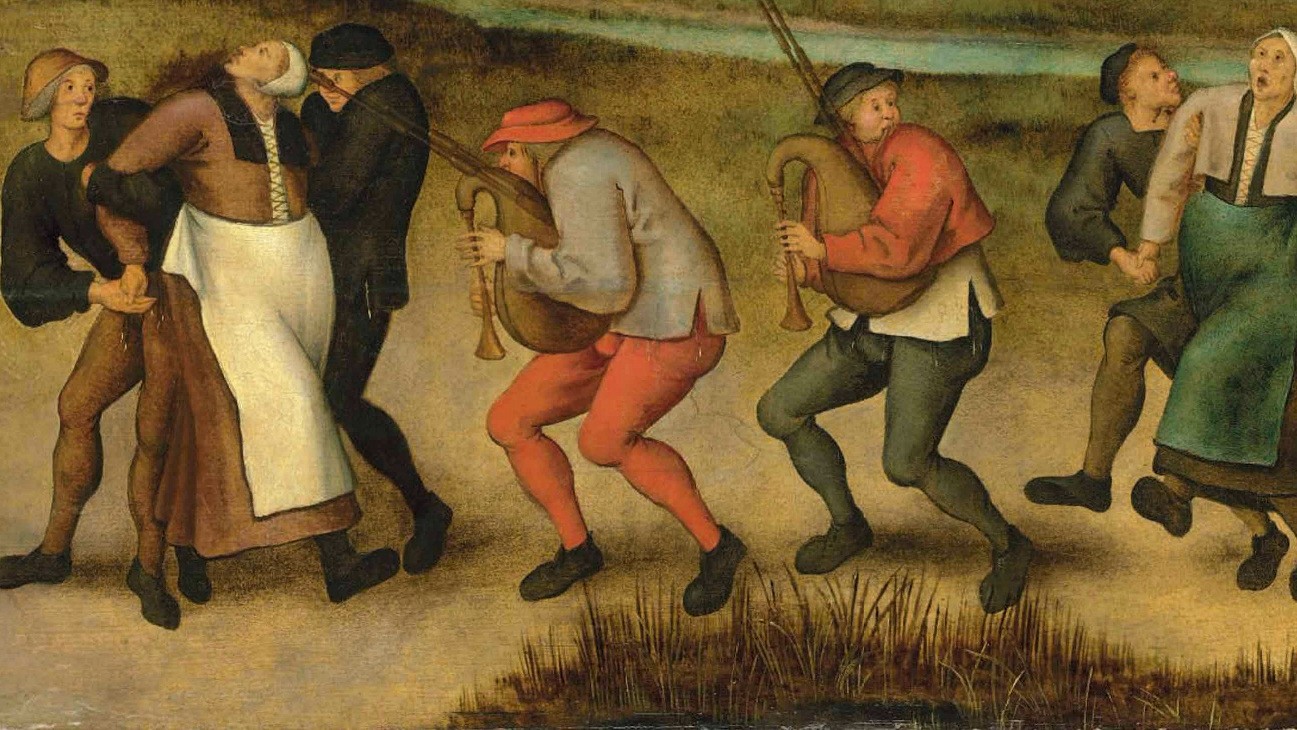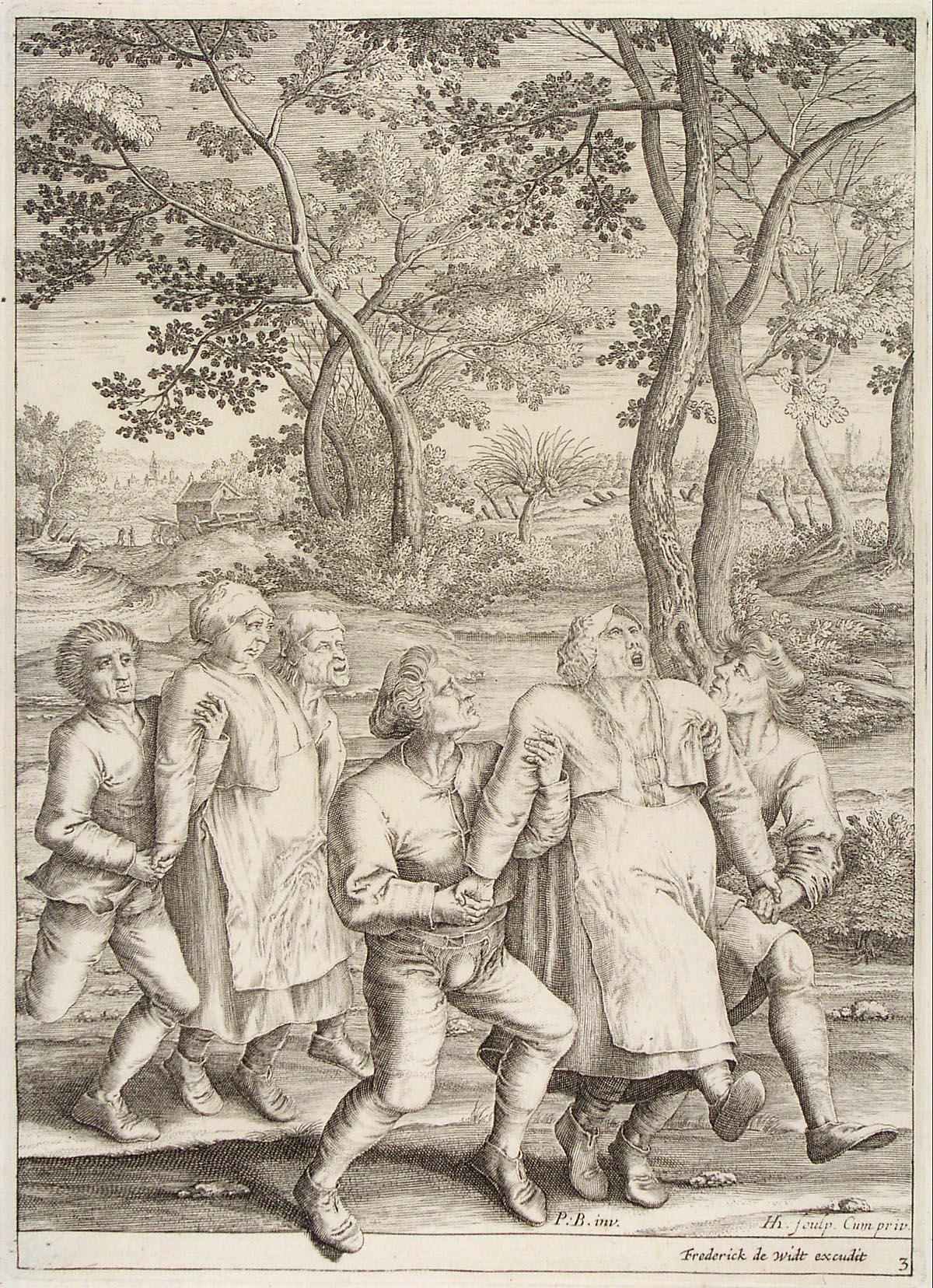In the annals of history, there are some events that defy rational explanation. One such event is the Dancing Plague of 1518. During this bizarre incident, several people in Strasbourg, France, began dancing uncontrollably, and some even danced themselves to death. The phenomenon lasted for about a month and remains an intriguing mystery to this day. In this article, we will delve into the details of this strange occurrence, exploring the possible reasons behind it and the impact it had on the affected individuals and the community as a whole.

Dancing Plague of 1518: It begins
The Dancing Plague of 1518 started in July when a woman named Frau Troffea began dancing fervently in the streets of Strasbourg (then a free city within the Holy Roman Empire, now in France). What began as a solitary act soon escalated into something much larger. Frau Troffea danced continuously for an astonishing 4-6 days, captivating the attention of onlookers. However, what was truly remarkable was that others soon joined her in this relentless dance, unable to resist the compulsion to sway to an invisible rhythm.

The spread of the epidemic
Within a week, 34 people had joined Frau Troffea in her dance marathon. The number continued to grow rapidly, and within a month, approximately 400 individuals were caught up in this inexplicable dancing mania. The afflicted dancers showed no signs of stopping, even as their bodies grew weary and exhausted. Some danced until they collapsed from exhaustion, while others succumbed to heart attacks, strokes, or starvation. The streets of Strasbourg were filled with a cacophony of footwork and the desperate cries of those unable to break free from the grip of this strange compulsion.

Hot blood
The dancing epidemic of 1518 baffled both the medical community and the general public. Physicians and authorities searched for answers, desperate to find a cure for this inexplicable affliction. Initially, astrological and supernatural causes were considered, but local physicians quickly dismissed these theories. Instead, they proposed that the dancing was a result of “hot blood,” a natural disease that could only be cured by more dancing. The authorities even went so far as to construct dancing halls and provide professional dancers and musicians to keep the afflicted individuals moving.
Theories and Possible Explanations

Despite the efforts to find a logical explanation, the true reasons behind the Dancing Plague of 1518 remain a mystery. Several theories have been proposed over the years, each offering a unique perspective on this unusual phenomenon.
Ergot fungu: A poisonous delusion?
One theory suggests that the dancers may have consumed ergot fungus, a psychotropic mold that grows on rye. Ergot is known to cause hallucinations and delusions, similar to the effects of LSD. However, this theory is highly contested, as ergot is extremely poisonous and more likely to kill than induce a dancing mania.
Superstition and Saint Vitus
Another explanation revolves around the power of superstition and the influence of religious beliefs. It is said that a legend circulated in the region, warning that Saint Vitus, a Christian martyr, would inflict plagues of compulsive dancing upon those who angered him. This fear may have contributed to the mass hysteria and the belief that dancing was the only way to appease the saint.
Mass hysteria: Stress-induced psychosis
A third theory proposes that the dancing epidemic was a result of stress-induced psychosis. Strasbourg was plagued by famine and faced ongoing crises during this period. The intense stress and anxiety experienced by the population may have triggered a collective psychological breakdown, leading to the mass participation in the dance.
Similar Phenomena: The Tanganyika Laughter Epidemic
While the Dancing Plague of 1518 stands out as a unique event, it is not the only instance of mass hysteria (probably) involving unusual behavior. In 1962, a laughing epidemic broke out in Tanzania, known as the Tanganyika Laughter Epidemic. Lasting for several months, this outbreak of mass hysteria saw individuals unable to control their laughter, much like the dancers of 1518.
Conclusion: The enigma persists
The Dancing Plague of 1518 remains an enigma, shrouded in mystery and intrigue. Despite centuries of speculation and research, the true cause of this inexplicable phenomenon remains elusive. Whether it was triggered by a toxic substance, superstition, or the collective stress of the time, the impact it had on the lives of those affected is undeniable. The Dancing Plague of 1518 serves as a testimony of the strange and complex workings of the human mind, a reminder that even the most rational individuals can be swept up in the tide of inexplicable behavior.
After reading about the Dancing Plague of 1518, read about the miracle of the Sun and the Lady of Fatima.




